El realismo mágico presente en "Como agua para chocolate"
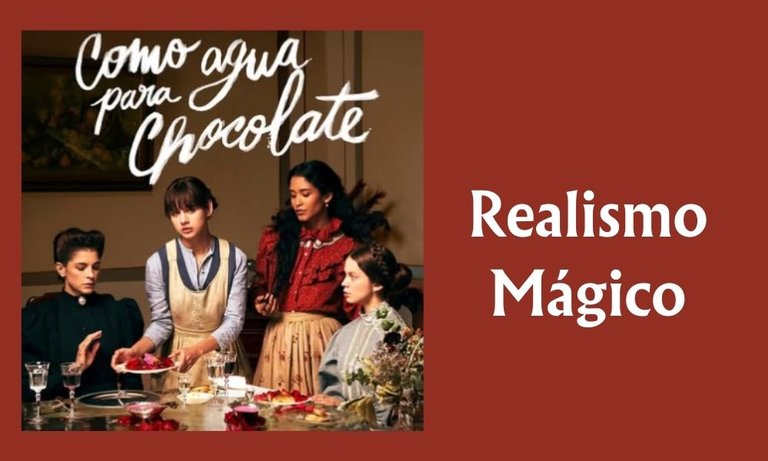

This weekend after finishing my housework, I wanted to take some time off and watch a series that I really wanted to see in its new version. I'm talking about the mini-series Como agua para chocolate, the new series that is being aired on HBO and was released last November. This series is based on the novel of the same name. The author of the book is Laura Esquivel and it is a very famous book. I had already seen the movie based on the book a long time ago, but I didn't really remember much of the story, so I was curious to see this new version. And I must confess that after watching it, I've been looking forward to reading the original story.
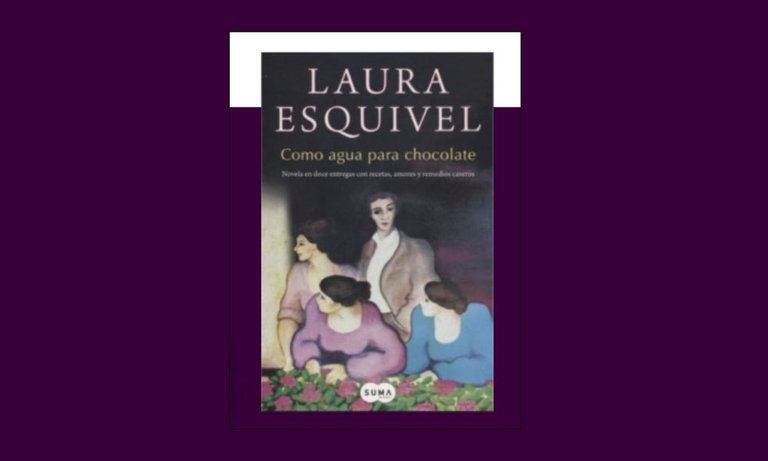
In this publication I don't want to make spoilers, since I would like you to see it and maybe then share your impressions with us. In broad strokes I can tell you that the story is set in Mexico, it is a rural scenario, of haciendas and towns. Its important historical context is the Mexican Revolution between 1910 and 1920. The central theme is the sad story of Tita and Pedro, two young people who have been in love since they were children, but it is impossible for them to live their love freely.
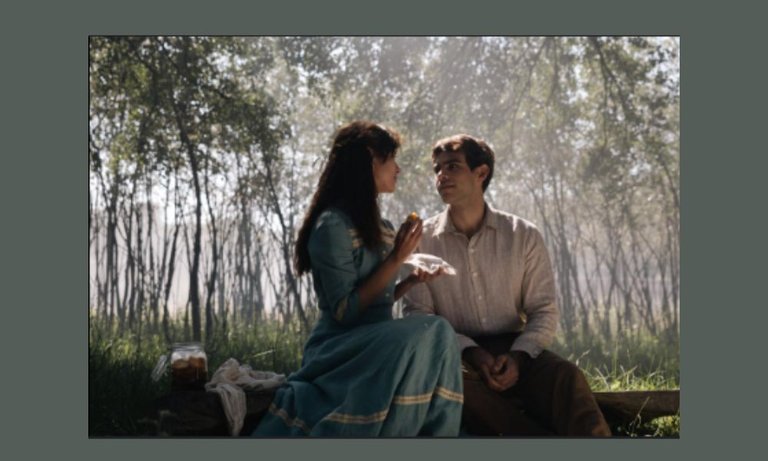
However, what is striking about the story is the way in which each event that unfolds in the plot is narrated and presented visually. There are so many interesting and amazing things that happen that motivated me to investigate what is the name of this literary resource used by the author to present scenes so full of visual and sensory elements. These resources are what I want to talk about in this publication. After seeing some scenes that were a bit exaggerated and fantastic, but at the same time so everyday, I started to look for those literary elements and resources that make it possible for us to see fantasy as something a bit normal and everyday. Well, this resource is called “magical realism”, this contradictory name is used to denote this literary resource that is used to merge fantastic facts within an everyday environment. Magical realism makes the line between the magical and the everyday so blurred that an excellent fusion is achieved, allowing no one to question the presence of such fantastic elements.
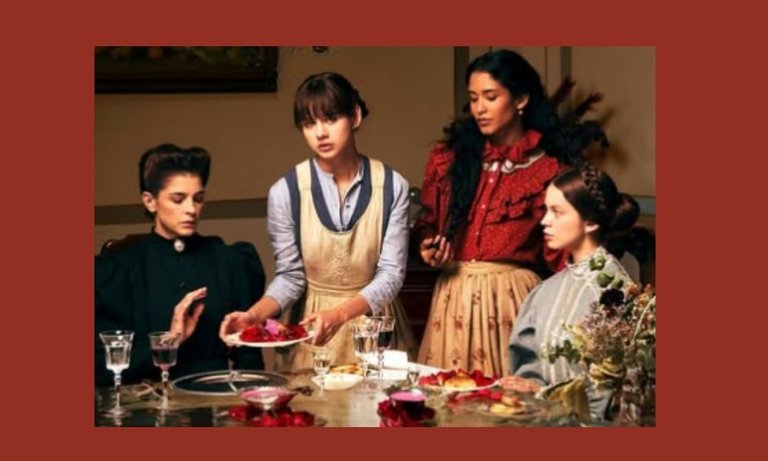
Todo en esta historia gira alrededor de la comida, se destacan muchos elementos tradicionales de la cultura mexicana. Toda la ambientación permite que el espectador se pueda ubicar en el tiempo en que sucede la historia. La narración es tan detallada y sumamente descriptiva que permite que el espectador conecte con el sentir de los personajes.
To give you an example of what I mention about magical realism, in one of the first scenes the birth of Tita is shown and it is narrated that the mother cried so much that the tears made a river and when they dried up, several containers of salt could be collected. A bit exaggerated, isn't it? however, the scene is presented in such a way that the people around don't see anything strange about it.
Everything in this story revolves around food, many traditional elements of Mexican culture are highlighted. The entire setting allows the viewer to place themselves in the time in which the story takes place. The narration is so detailed and highly descriptive that it allows the viewer to connect with the feelings of the characters.
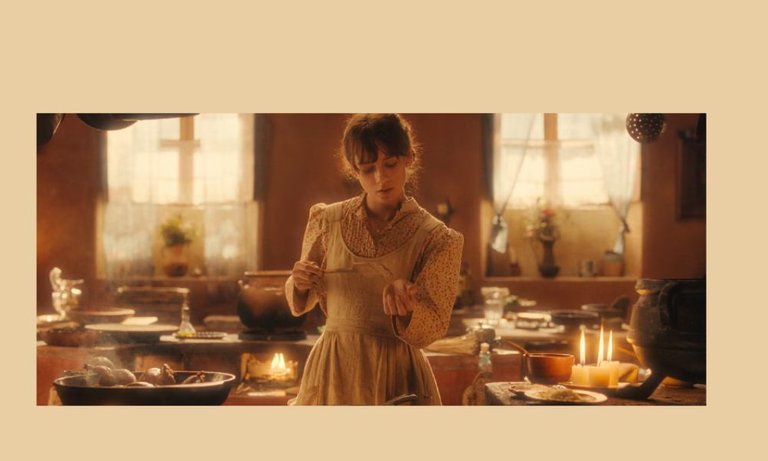
Cabe resaltar que la serie contiene escenas explicitas, pero son trabajadas de tal manera que lucen muy naturales y de la vida cotidiana, sin caer en lo grotesco, incomodo o vulgar.
Another recurrent intervention of magical realism is when Tita's feelings are impregnated in every dish she prepares and are transferred to everyone who eats them. All the literary resources used in this work are intended to convey the story through all the senses, not only the visual. There is talk of smells, tastes, sounds, textures, and very visual and somewhat exaggerated images.
It should be noted that the series contains explicit scenes, but they are worked in such a way that they look very natural and of everyday life, without falling into the grotesque, uncomfortable or vulgar.
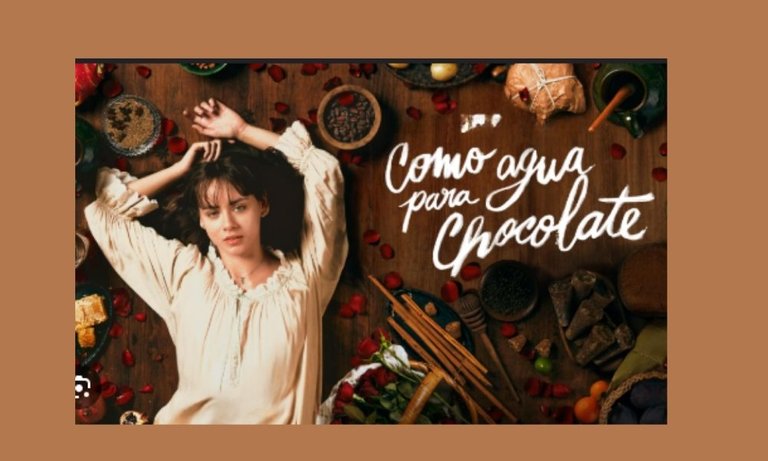
In summary I can tell you that it is a different story, very dramatic, with a lot of emotional charge with a tragic outcome. But it is really rich in very well-crafted visual literary resources, although I have already read many comments that talk about how some scenes in the series were softened, since in the book they are much more dramatic. Well, I really liked writing about this story since I am a fan of literature set in past times and although I didn't like the end of the story, I really enjoyed all the literary resources and images present. I say goodbye until the next opportunity. Blessings.
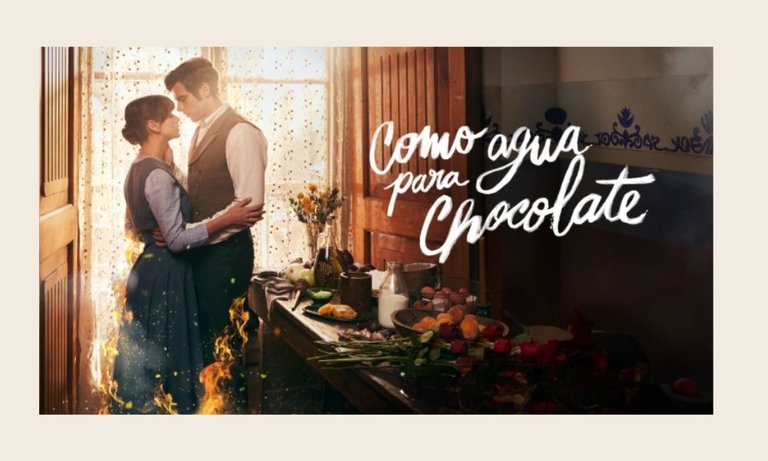

Todas las fotos son capturas de la plataforma HBO.
El banner de portada y los separadores de textos son diseñados por mi en Canva.com
Uso traductor Deepl
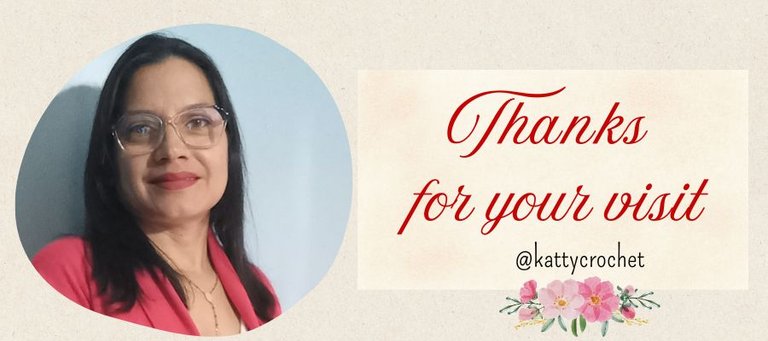
En efecto, el realismo mágico es un recurso muy usado en la narrativa latinoamericana, sobre todo en autores como Laura Esquivel (Como agua para chocolate), Isabel allende (La casa de los espíritus) y desde luego el exponente más conocido, Gabriel García Márquez con Cien años de Soledad, eso es lo que vuelve fascinante sus obras, la cotidianidad con la que se toman los hechos fantásticos.
Hola, tuve la oportunidad de ver la versión anterior, está nueva versión no la he visto aún, gracias por compartir. Saludos.
La forma en que describes el realismo mágico me tiene intrigadísimo! Me encanta que mezclen lo cotidiano con lo fantástico sin forzarlo. Suena a que cada platillo debe ser un personaje más en la trama. 🍲😯 ¡Gracias por la recomendación sin spoilers!